What Does Fuel Trim System Lean Mean?
The fuel trim system is an essential part of the engine control unit (ECU) that adjusts the fuel injection amount in real-time to maintain the ideal air-fuel ratio (AFR) — typically 14.7:1 for gasoline engines. Using input from the oxygen sensors, the ECU detects whether the air-fuel mixture is too lean (too much air) or too rich (too much fuel), and compensates by modifying short-term (STFT) and long-term fuel trims (LTFT).
A “fuel system too lean” condition means the oxygen sensor consistently detects excess oxygen in the exhaust, indicating insufficient fuel. Even after the ECU increases LTFT significantly (e.g., +15% or higher), it still cannot reach the target AFR. This usually points to a fault that exceeds the ECU's correction range, such as vacuum leaks, low fuel pressure, or unmetered air, resulting in a lean fuel mixture.
What is air-fuel ratio?
The air - fuel ratio, the ratio of air mass to fuel mass during engine combustion, is a crucial parameter affecting engine performance and emissions. For gasoline engines, the stoichiometric air - fuel ratio for complete combustion is approximately 14.7:1.
What is Code P0171?
Code P0171 is a generic OBD-II diagnostic trouble code indicating that Bank 1 of the engine is running too lean. In V-type or multi-bank engines, Bank 1 refers to the side containing cylinder #1.
When the ECU detects a persistent lean condition and determines that it cannot correct the AFR through normal fuel trims, it triggers P0171 and illuminates the check engine light (CEL). This code helps technicians or DIYers quickly identify fuel delivery or air intake issues that affect combustion.
Symptoms of a P0171 Code
Common symptoms include:
- Rough idle or difficult cold start
- Reduced engine power and acceleration
- Increased fuel consumption
- Check engine light (CEL) on
- Engine misfire or stalling
- Unusual exhaust emissions
| Symptom | Possible Cause |
|---|---|
| Rough idle, hard cold start | Vacuum leak, intake gasket failure, faulty PCV |
| Poor acceleration, high MPG | Weak fuel pump, clogged fuel filter/injectors |
| Power loss | Faulty MAF sensor, failing oxygen sensor |
| Abnormal emissions | Exhaust leaks, EGR system malfunction |
| CEL On | Excessive LTFT, sensor circuit failure |
What can cause lean fuel trim?
| Cause | Description |
|---|---|
| Faulty MAF sensor | Sends incorrect airflow data; ECU underestimates intake volume, injects less fuel |
| Failing O2 sensor | Misreports oxygen levels, ECU compensates incorrectly |
| Low fuel pressure | Weak fuel pump, clogged filter, or bad regulator |
| Vacuum leaks | Unmetered air enters intake, skewing AFR |
| Clogged injectors | Uneven or insufficient fuel delivery |
| ECM issues | Software or circuit malfunction |
How serious is this DTC P0171?
P0171 is moderately serious. While it might not immediately harm your engine, prolonged lean conditions can lead to catalytic converter damage, increased engine temperature, misfires, or knocking. Short-term effects may include poor fuel economy and reduced power, but ignoring it could significantly increase repair costs.
How to diagnose Code P0171?
- Scan for DTCs: Use a reliable OBD2 scanner to read P0171. A Bidirectional scan tool with live data support is ideal.
- Check live fuel trim values: Look at STFT and LTFT to see how the ECU is compensating.
- Inspect the intake system: Check for vacuum leaks, cracked hoses, loose intake manifold gaskets, or a clogged air filter.
- Evaluate fuel delivery: If lean condition persists, test fuel pressure and inspect fuel injectors for clogging.
Related Reading: How Do You Use Obd2 Scanners to Identify Red Flags?
How to Fix P0171?
- Clean or replace MAF sensor if readings are abnormal.
- Fix vacuum leaks by replacing cracked hoses and sealing intake gaskets.
- Check fuel system pressure and repair fuel pump, filter, or injectors if needed.
- Clear the code using an OBD2 scanner, then monitor LTFT/STFT values to confirm the mixture is normalized.
How Much Does It Cost to Fix Code P0171?
The cost of fixing the P0171 code varies depending on the cause of the fault, generally ranging from $50 to $900. For example, replacing the vacuum hose or cleaning the MAF sensor incurs a relatively low cost, approximately between $50 and $150. However, if it involves replacing the fuel pump or fuel injector, the cost may exceed $400. If you have a certain level of hands-on ability, purchasing a Bluetooth OBD2 scanner to conduct self-detection and preliminary troubleshooting can save a significant amount of diagnostic fees.
Can I still drive with P0171?
You can drive for a short distance, but it is necessary to have the vehicle repaired as soon as possible. The P0171 trouble code (lean fuel system) generally does not indicate a catastrophic problem. However, it means that the engine control unit has detected an imbalance in the fuel-air mixture ratio, which may lead to issues such as a decrease in power and an increase in fuel consumption. To ensure the normal operation of the vehicle and safe driving, it is recommended to prioritize the troubleshooting of vacuum leaks or oxygen sensor problems to avoid further losses. Driving for a long time may cause the catalytic converter to overheat and be damaged, making the repair cost much higher.
Can I fix code P0171 myself?
Yes, in many cases, you can fix the P0171 yourself, especially if you have a certain level of hands-on ability and a fully functional OBD2 scanner. Common fault points of P0171, such as vacuum hose leakage, a dirty mass air flow (MAF) sensor, and a clogged air filter, are relatively simple, low-cost projects suitable for DIY.
For example:
Clean or replace the MAF sensor.
Replace the ruptured vacuum hose.
Inspect and replace the air filter.
By using an OBD2 scanner to read the real-time fuel trim values (such as long-term fuel trim, LTFT, and short-term fuel trim, STFT), you can determine whether the problem has been fixed, thus avoiding unnecessary replacements. However, if it involves issues related to the fuel pump, fuel injector replacement, or the engine control unit (ECU), it is recommended to have it handled by a professional technician to ensure safety and the repair effect.
Is P0171 a vacuum leak?
P0171 may be caused by vacuum leakage (accounting for approximately 80%), but it is not the only cause. In addition to vacuum leakage, sensor failures, fuel system problems, and other factors may also lead to the appearance of the P0171 trouble code. During the repair process, since vacuum leakage accounts for a relatively high proportion among P0171 fault cases and the repair cost is relatively low, it is recommended to prioritize the troubleshooting of the vacuum system. At the same time, make full use of the diagnostic instrument to read the freeze frame data, understand the specific working conditions of the vehicle when the fault occurs, and assist in judging the fault.
Related Reading: Replacing O2 Sensor Bank 1 Sensor 1 in Your Vehicle
FAQ:
Can a bad map sensor cause lean conditions?
Yes, a faulty MAP (Manifold Absolute Pressure) sensor can cause a lean condition.If the MAP sensor sends incorrect data to the ECU, it may underestimate engine load, leading to reduced fuel injection. This results in a lean air-fuel mixture (AFR), potentially triggering the P0171 code. Misreading MAP values often cause poor throttle response, rough idle, and high fuel trim numbers.
Why does the P0171 trouble code reappear soon after clearing it?
The root problem has not been solved, and the engine control unit (ECU) redetects that the system is too lean. For example, although the mass air flow (MAF) sensor is not damaged, it may still be contaminated or have a reading drift. If the learning parameters are not reset after cleaning the sensor or replacing parts, it will lead to data deviation. In addition, vacuum leaks may not be detected (such as minor cracks), and so on. It is recommended to use an OBD2 scanner to continuously monitor the fuel trim values (long-term fuel trim, LTFT/short-term fuel trim, STFT) to help determine which part of the system still deviates from the normal range.
Can a smoke leak detector help identify the cause of a P0171 code?
Yes. P0171 often stems from small intake or vacuum leaks. A smoke machine allows you to visually detect these leaks quickly, making it a trusted diagnostic tool for lean condition codes. See recommended vacuum leak detector »


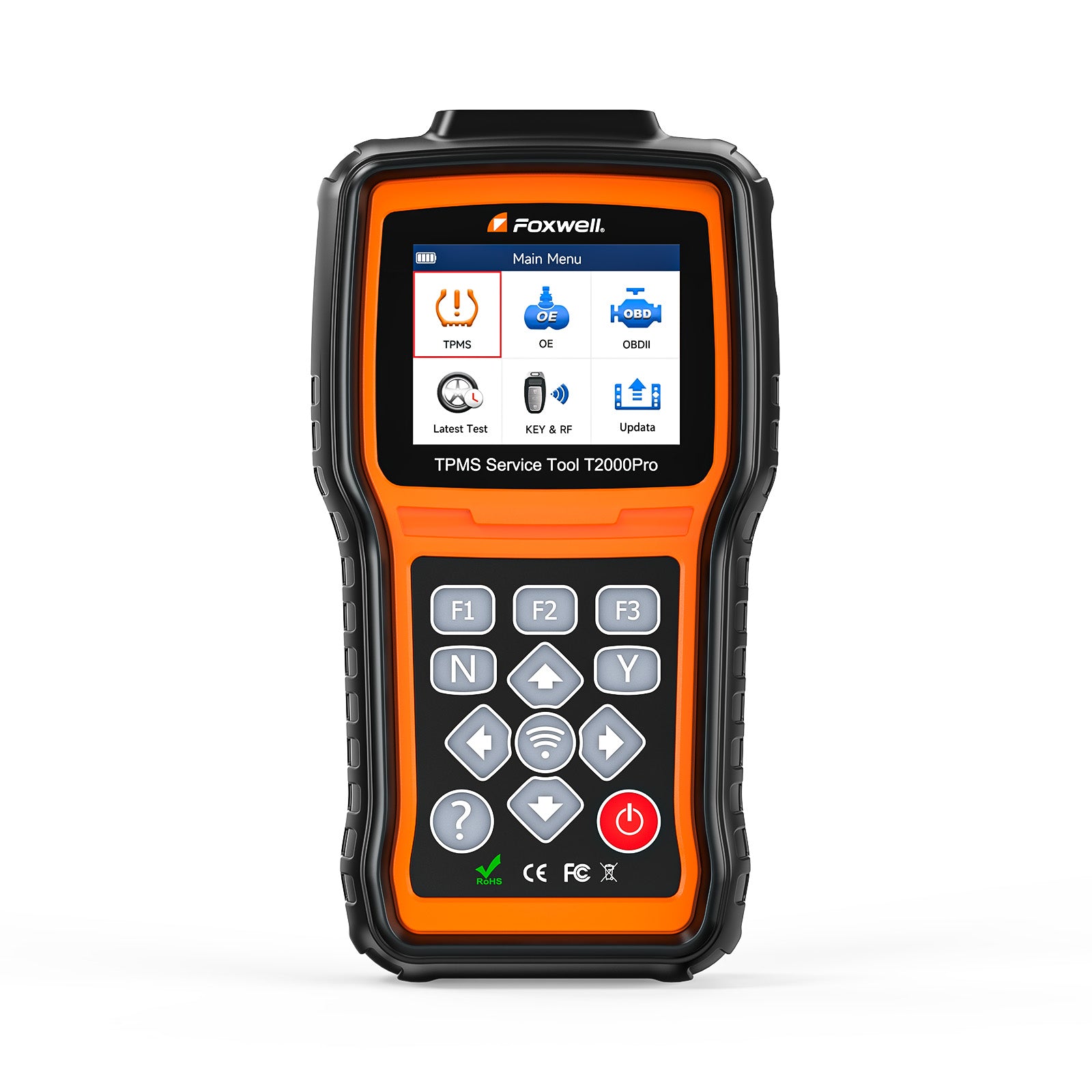
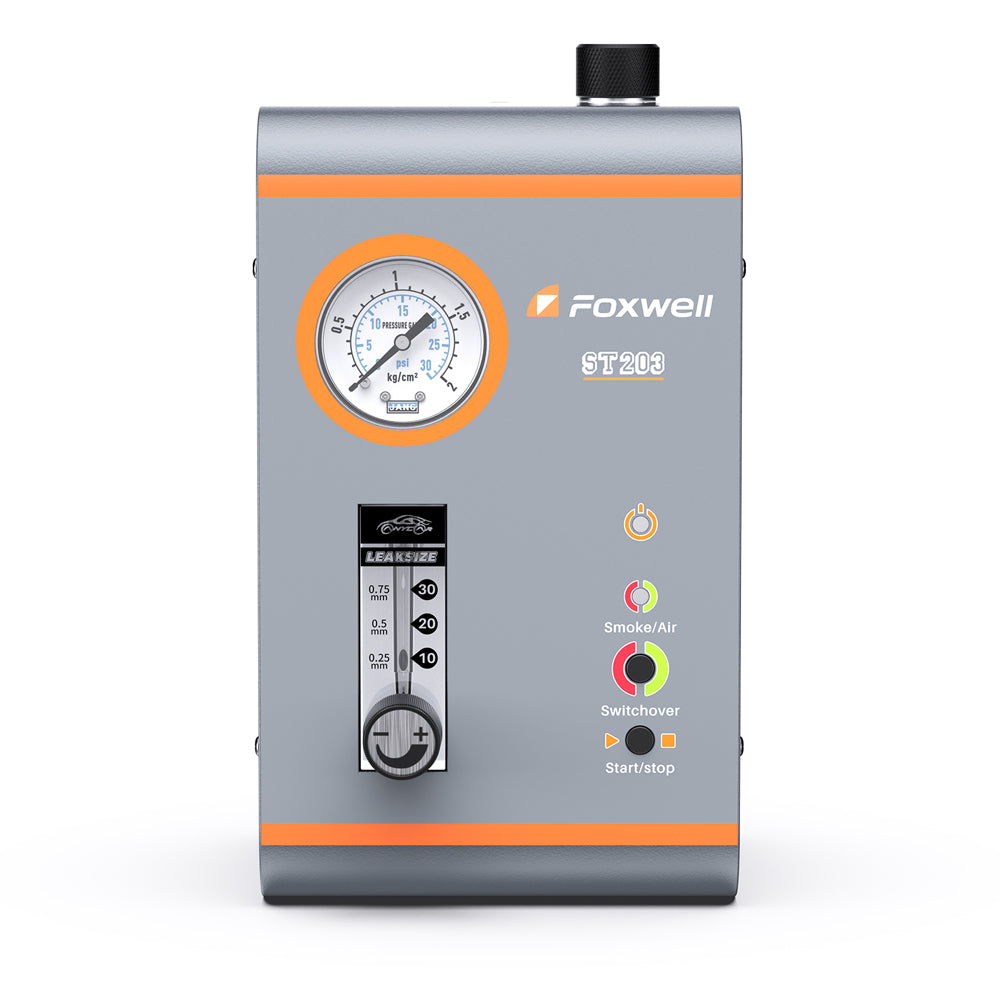
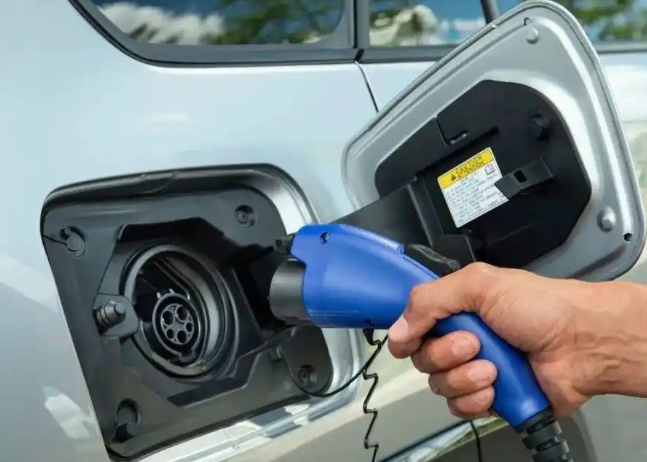
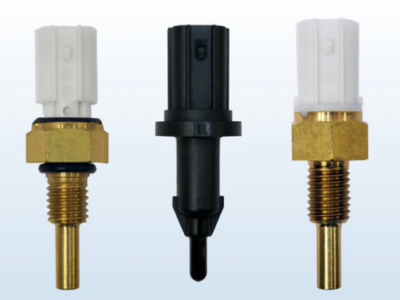
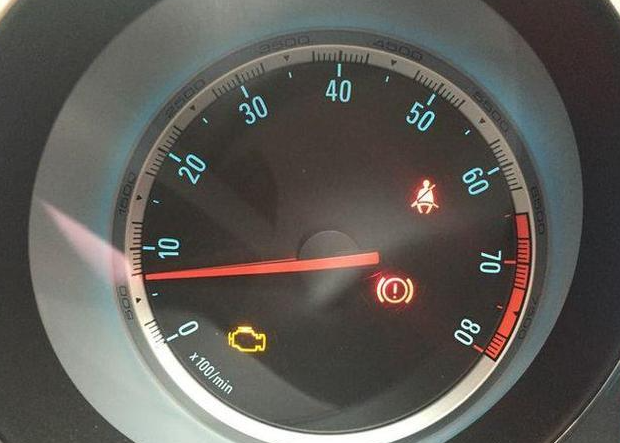
Leave a comment
This site is protected by hCaptcha and the hCaptcha Privacy Policy and Terms of Service apply.